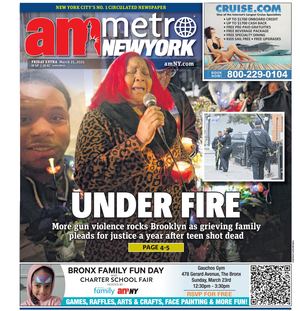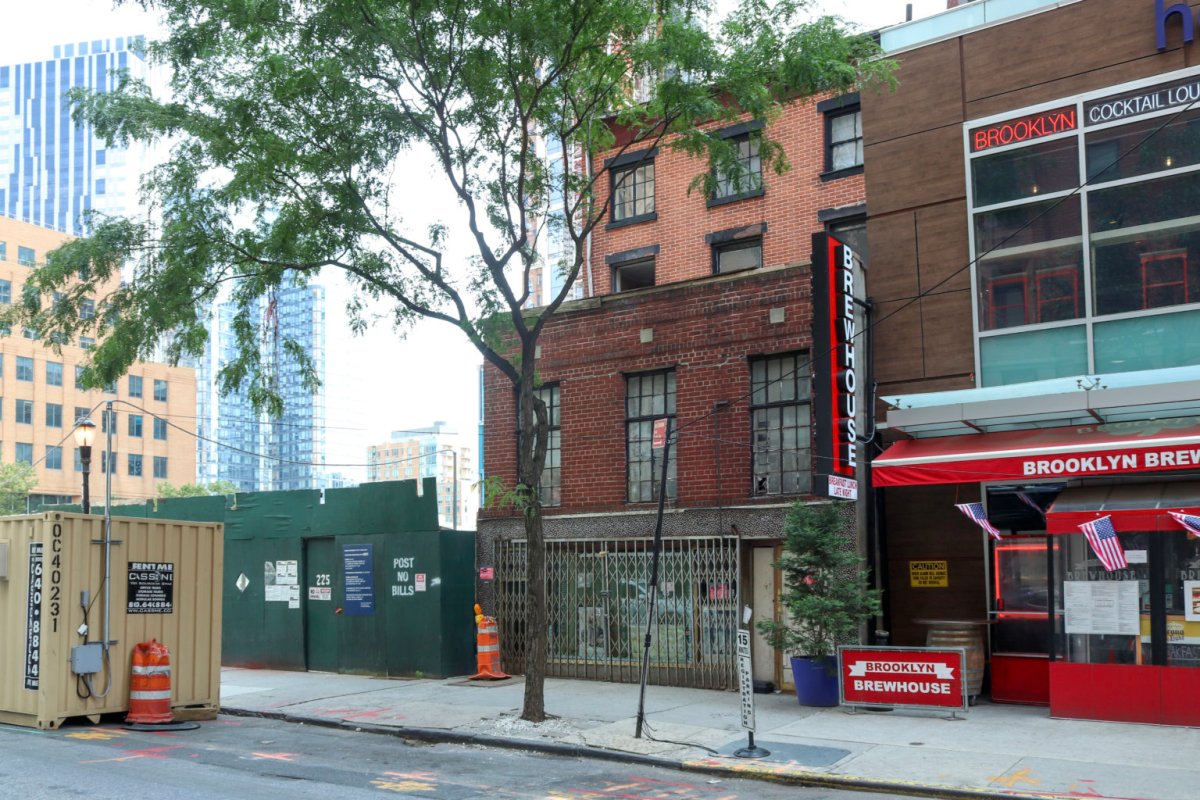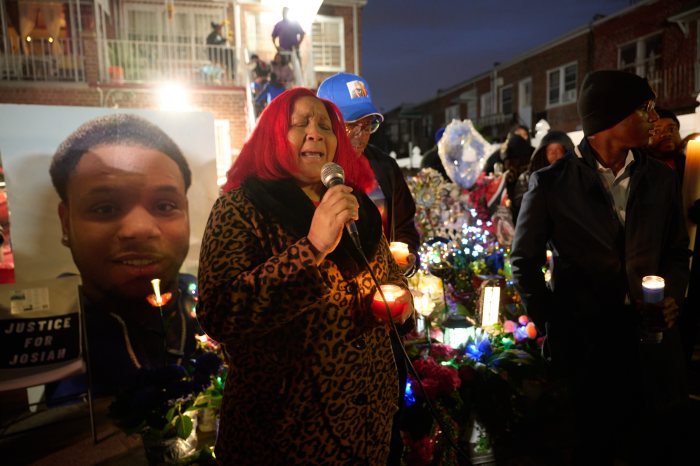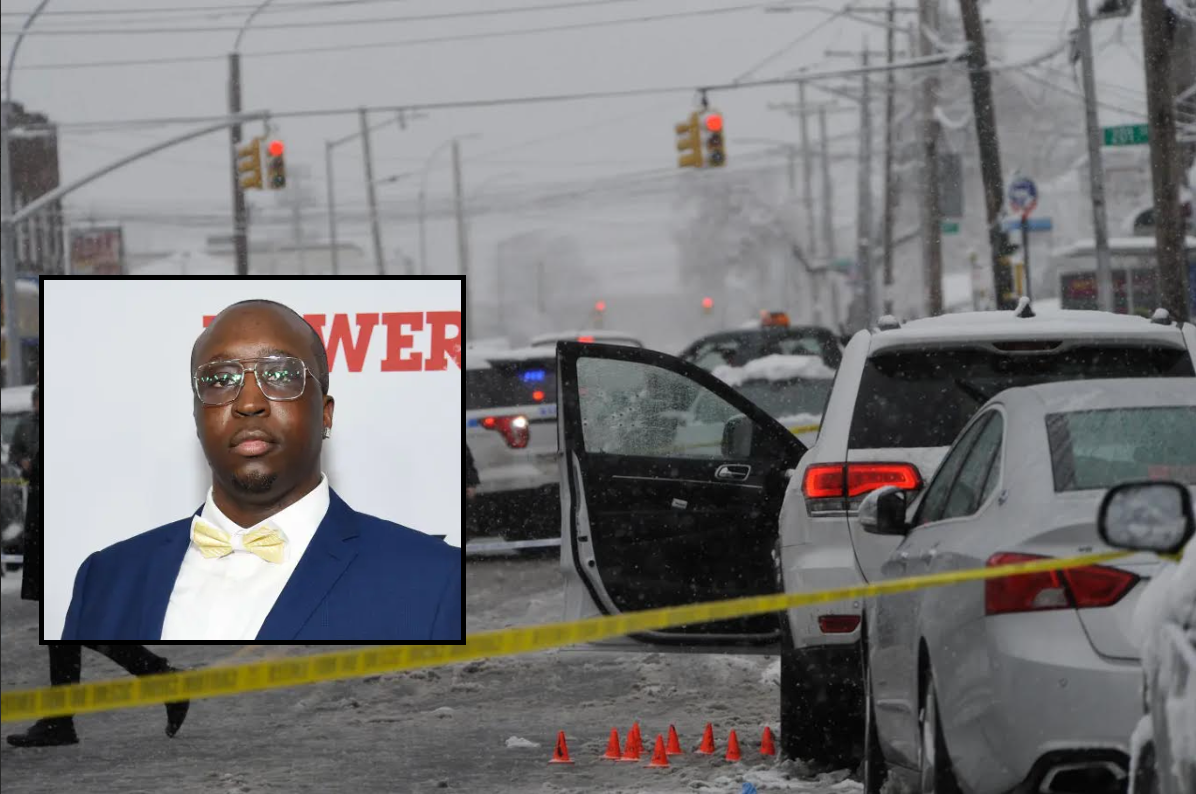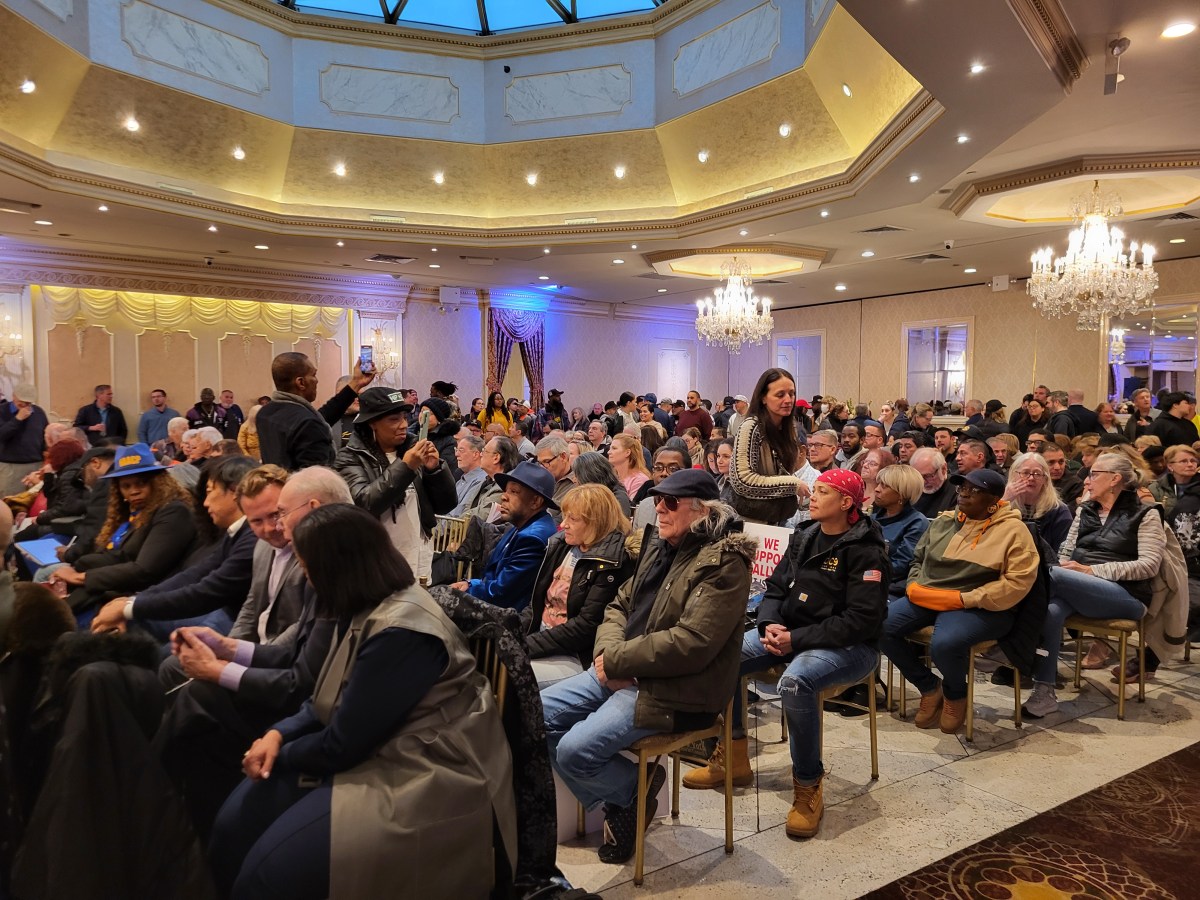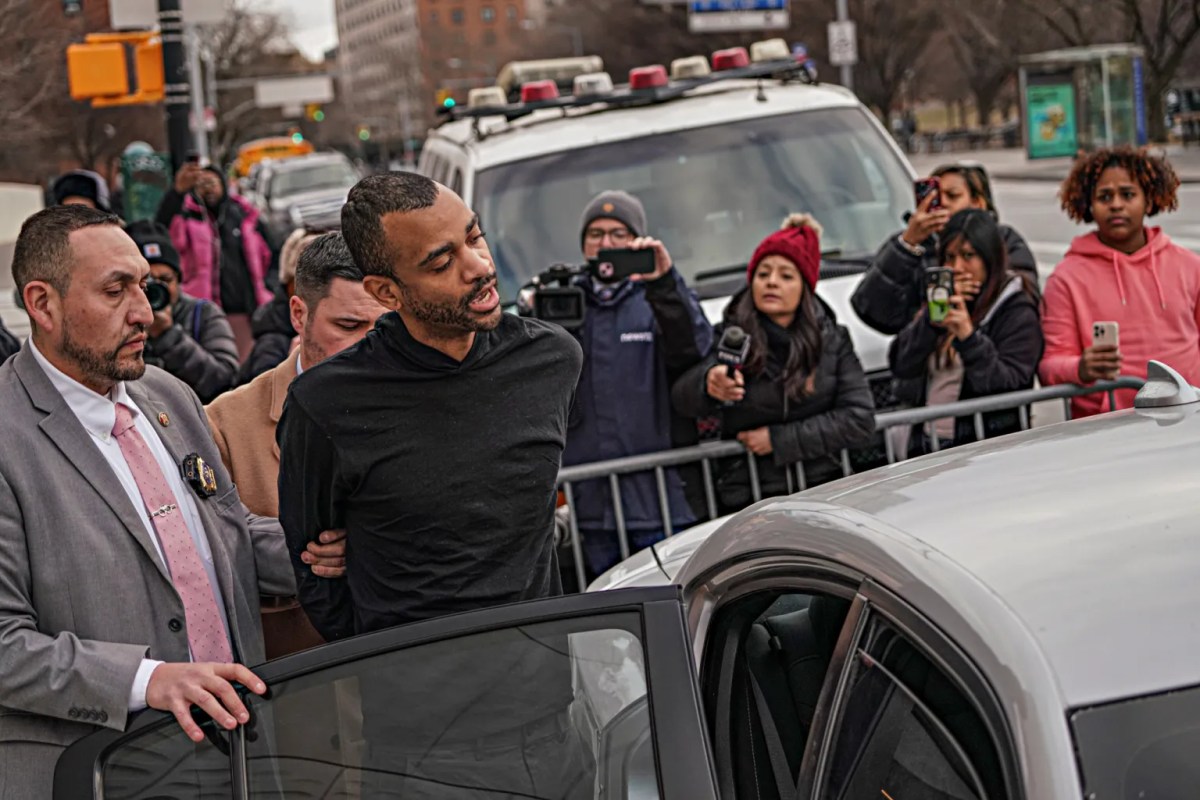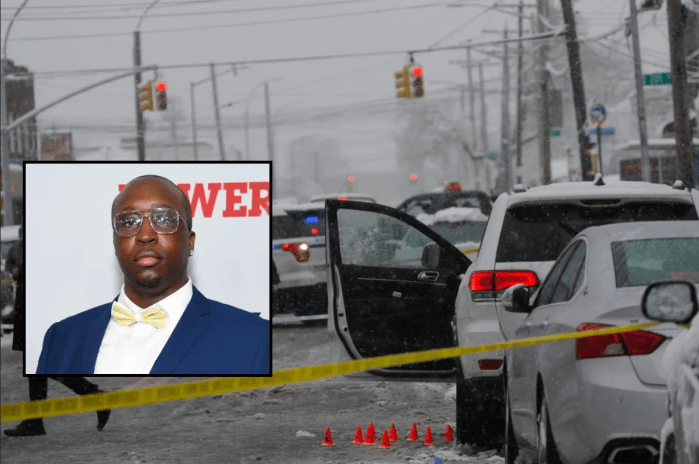City landmarking gurus will soon vote on whether to landmark a 19th century row house that once housed slavery abolitionists at 227 Duffield St. in Downtown Brooklyn, after a push from City Hall, officials said at a Tuesday hearing.
“We have been increasingly seeking to address difficult history in our designations, documenting when there was institutional racism and racist government policies,” said Sarah Carroll, chairwoman and a commissioner of the city’s Landmarks Preservation Commission at a June 30 virtual hearing. “And one aspect of our research has been the people and the institutions engaged with the anti-slavery movement before the civil war, whether through political and religious activism or by housing freedom seekers.”
The preservationists panel scheduled a public hearing “in the near future” on potentially granting a landmark designation to the building, which housed two prominent anti-slavery activists for more than a decade in the mid-1800s, citing a push to do so by Mayor Bill de Blasio and the ongoing movement of nationwide protests decrying police brutality against Black people.
“The fact that consideration of the property aligns with our commitment to tell the complete story of the African-American experience and heritage in New York City through its designations — especially in this current moment — I’d like to urge that we vote to calendar this property for consideration as an individual landmark,” Carroll said.
Abolitionists Thomas and Harriet Lee-Truesdell lived in the building from 1851 to 1863 and it remained in their family’s possession until 1921, LPC researcher Kate Lemos McCale said at the hearing.
The couple were founders of several abolitionist organizations in New England and were also acquaintances of prominent abolitionist and suffragist journalist William Lloyd Garrison, who co-founded the American Anti-Slavery Society, according to the researcher.
The home, along with several others along Duffield and Gold streets, may have served as stops along the Underground Railroad, according to local lore — although, McCale and her fellow researchers found no evidence of any such stops at the site. Those networks, she said, are often hard to verify.
“Verbal accounts that 227 Duffield was a stop on the Underground Railroad have not been verified after extensive research and physical analysis,” she said at the hearing. “However, historians agree that housing fugitives and enslaved persons was a dangerous and secretive activity making Underground Railroad activity difficult to document or verify.”
De Blasio’s wife, First Lady Chirlane McCray — who is eyeing a bid for Brooklyn borough president — called on LPC to look into landmarking the building last February, while stopping short on demanding the agency landmark it or to turn it into a museum, as some activists have asked for in the past, the Daily News reported.
Back in 2007, the LPC did not support the landmarking of the building or other homes on the block with abolitionist histories — and some have since been demolished to make way for soaring condo towers.
The 227 Duffield St. property narrowly escaped being razed by the city via eminent domain in 2007, when the city was looking to make way for Willoughby Square Park as part of the major Downtown Brooklyn upzoning in 2004. After a lawsuit by activists and one of the building’s owners — the late Joy Chatel — the city backed off.
Chatel, who passed away in 2014, wanted to turn the house into a museum, something activists have called for ever since — including a petition on Change.org from 2019, which has gathered more than 12,500 signatures.
The city also symbolically co-named the two-block stretch of Duffield Street between Willoughby and Fulton streets “Abolitionist Place” in 2007, and local Community Board 2 in October 2019 passed a symbolic vote urging officials to rename the planned Willoughby Square Park “Abolitionist Place Park.”
If LPC votes to landmark the building, any alteration, reconstruction, demolition, or new construction affecting the structure would have to be approved by the agency first.
One Manhattan-based historian and activist who pushed for the co-namings noted it was the only building with abolitionist ties left on the street.
“It’s the only one left, so it’s incredibly important symbolically. This is what Brooklyn looked like before the Civil War,” said the director of the Harlem Historical Society, Jacob Morris. “This was the last house that major abolitionists lived in that were critical to this network of abolitionists.”
The building changed ownership several times, and developer Samiel Hanasab bought it from the two remaining owners at a combined price of $588,000 between 2015-2017 — a steal in the business district where properties frequently fetch millions. Hanasab filed for demolition in June 2019, but the structure has remained standing.
An attorney for the developer said his client was strongly against landmarking the building, claiming the restrictions would scare away any development of the site.
“By landmarking it there would highly likely be no development of the property and it would not be viable as a standalone museum because no developer would undertake that cost,” said Garfield Heslop. “It would be cost-prohibitive, because it’s not a large space.”
The developer plans to erect a 10-story tower in its place, and would be willing to commit to including a “permanent” museum on the lower floors and residential units above, but the lawyer said that landmarking the structure would only protect the exterior and could still allow a future owner to turn it into something completely different.
“We believe it’s in the best interest of the community to allow us to develop the property and put the museum in there and my client is willing to be bound by that, that it would permanently remain an African-American museum or pay homage to African-American history,” he said. “It is very possible that someone else will swoop in, purchase the property, and turn it into a bowling alley or a salon, and that would undermine what everyone is hoping for and fighting for this property.”
The developer also took out a $2.3 million loan to get the house out of foreclosure after buying it, and while the attorney didn’t say whether Hanasab would sell it if officials move ahead, he said the designation would be “financially devastating” for the builder.
“We are discussing what options are available to us and at this point all options are on the table, as they say,” Heslop said.
This story first appeared on brooklynpaper.com.
